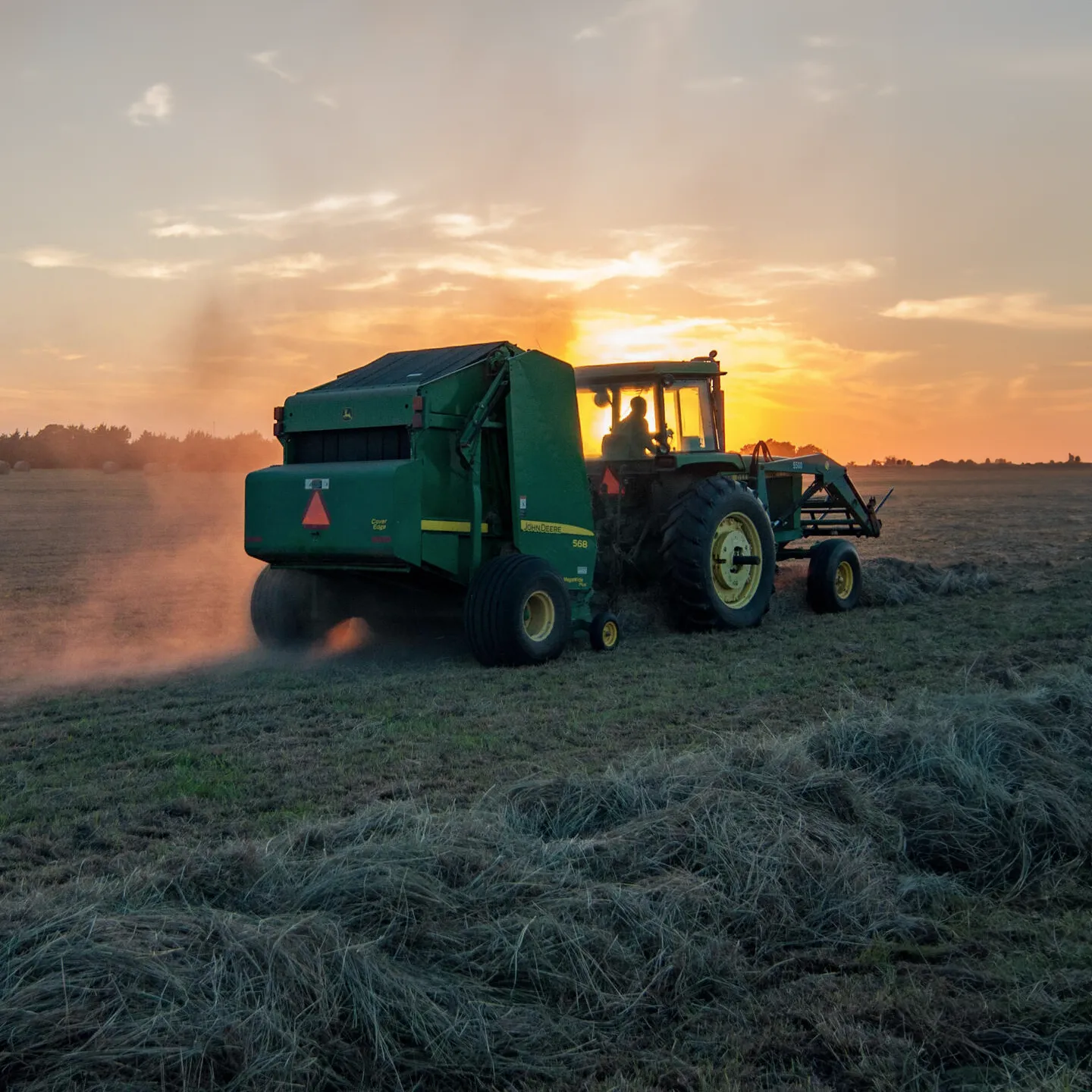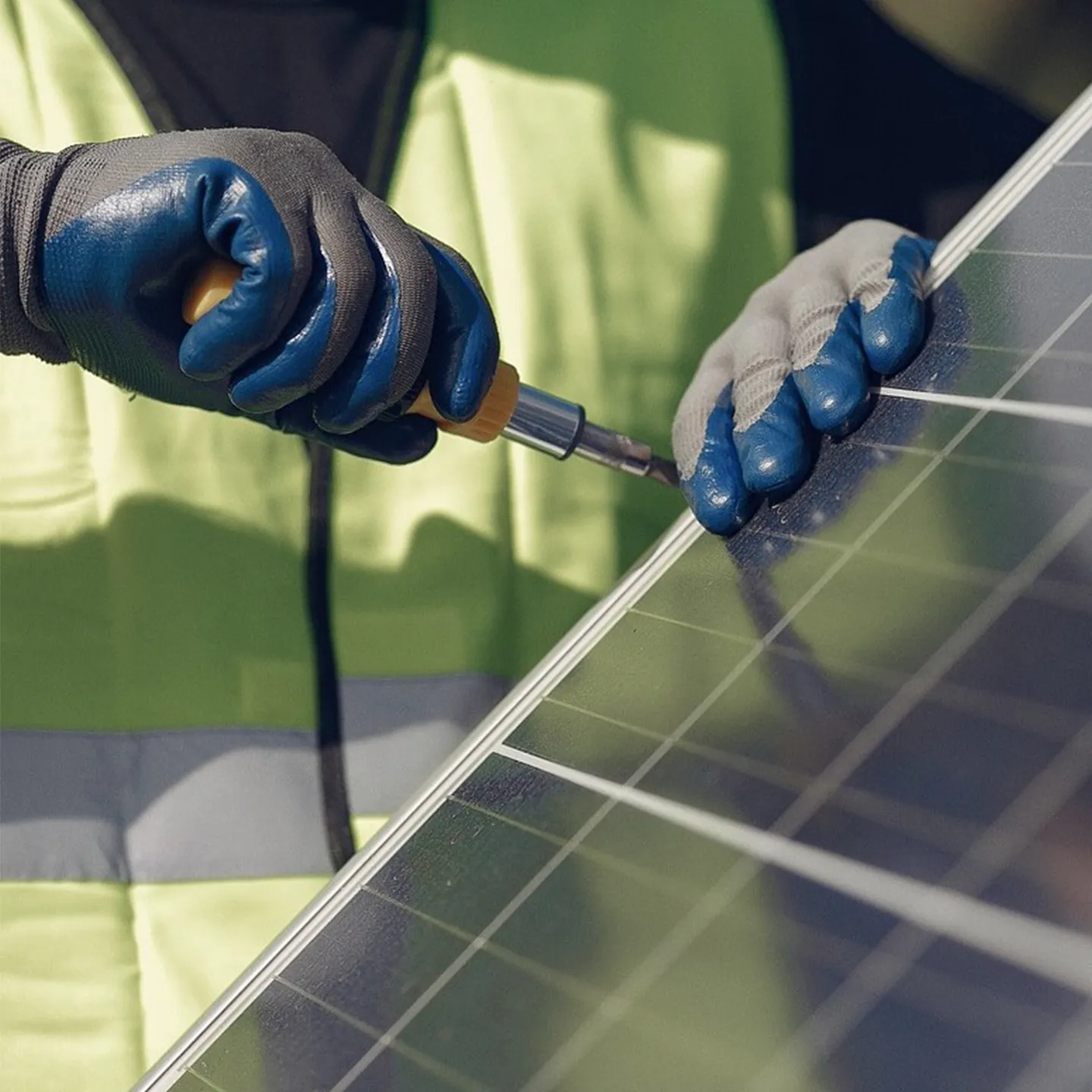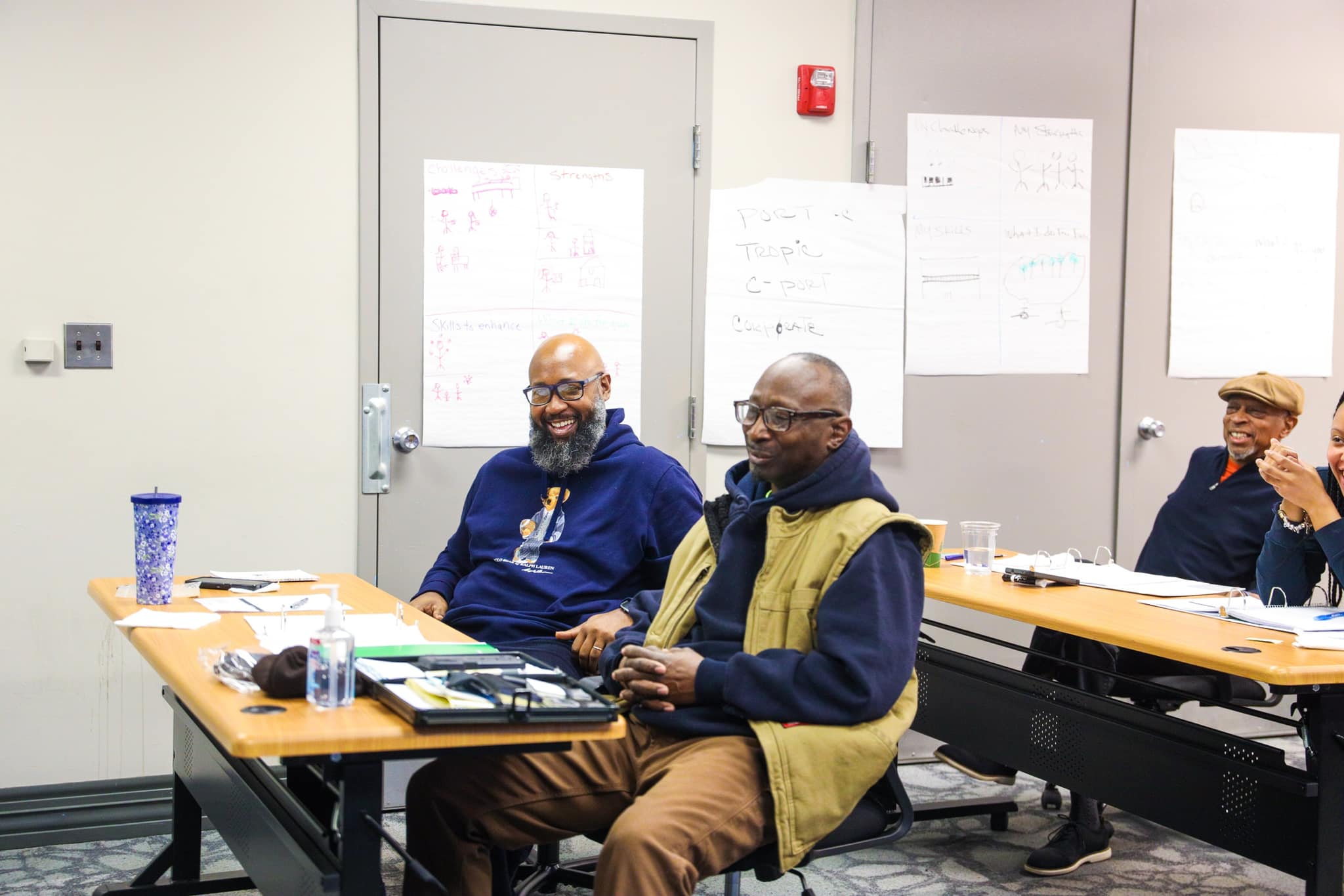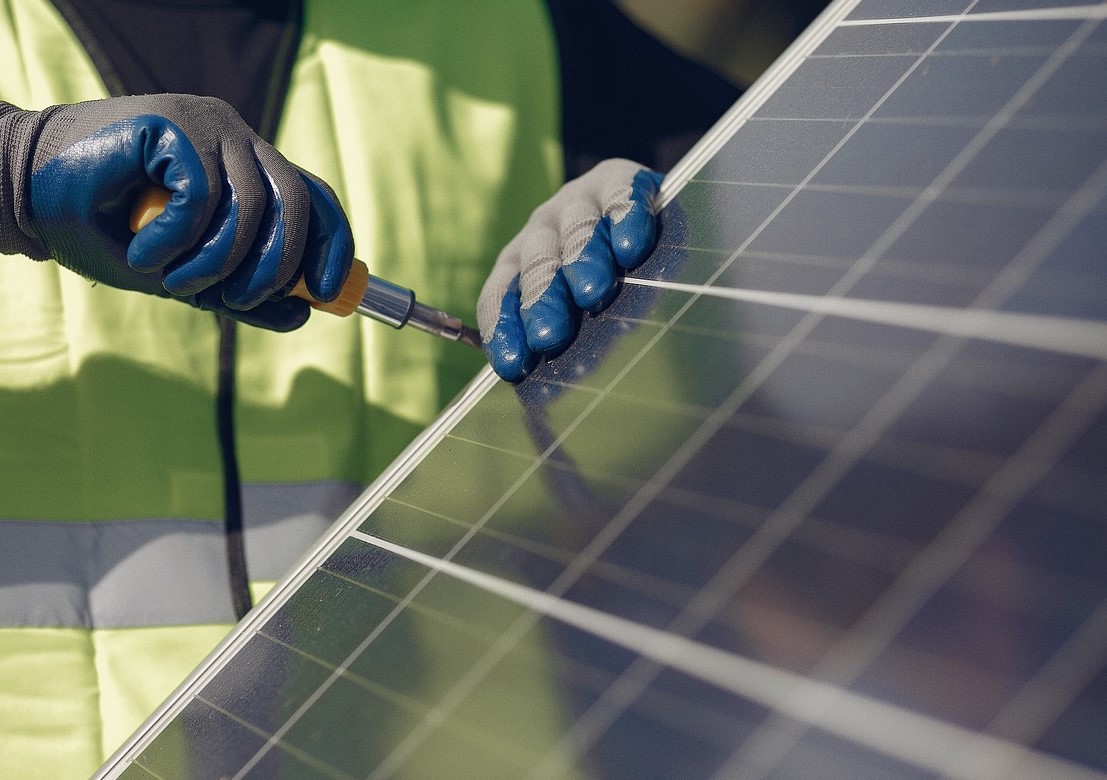KEY TAKEAWAYS
- Founded in 2010, the Detroit-based organization has trained over 800 individuals for construction-related jobs in environmental remediation, weatherization, and most recently, solar installation work.
- The program aims to ensure that communities of color in Detroit, and other underrepresented groups such as formerly incarcerated individuals, are not left behind in the energy transition – offering an example for how to make equity a reality in new jobs created by clean energy and climate investments.
- Awarded a Department of Energy’s Inclusive Energy Innovation prize, the group plans to use the monetary award and technical assistance to purchase and renovate a shuttered school to house its solar panel installation program. As an established and a successful grassroots program, government technical and financial assistance will allow the group to scale its solar training program.
THE CHALLENGE: CENTERING EQUITY IN A GROWING CLEAN ENERGY WORKFORCE
If environmental justice was achieved, what would it look like? Could you recognize it? What are the gaps, and what still needs to be done? That’s what the founders of Detroit-based Green Door Initiative asked themselves. Since 2010, the workforce training program has trained over 800 people from underrepresented groups for “green collar jobs.”
Green Door Initiative was founded to create opportunities for those least likely to be seen in the environmental sector — people of color, low income, underemployed individuals, and those returning from incarceration. Now, a new grant from the Department of Energy will help them grow their impact as they expand job training to the solar panel manufacturing and installation sector.
As the U.S. ramps up its transition to a net-zero emissions future, getting a boost from the Infrastructure Investment and Jobs Act and the Inflation Reduction Act, millions of jobs are expected to be created in the clean energy industry this decade – but who will get those jobs? Groups like Green Door Initiative are working to ensure communities that have been left behind and borne the brunt of pollution can take hold of these new opportunities.
Donele Wilkins, Founder and CEO of Green Door Initiative, had years of experience working in environmental justice, but wanted to make job training a priority. In her previous work, she focused on how to advance public policy around equal protection under the law for environmental protection. Black workers and other workers of color were most likely to be placed in the most dangerous jobs and rarely enjoying retirement, particularly a healthy retirement.
“The impetus for the work I did was how do we change that dynamic, and it started from there,” Wilkins said.
Donele also saw how injustice went beyond working conditions, it permeated throughout their lives. “Most of the dirty industry, undesirable land use practices, the extreme impacts from legacy pollution and climate change were borne by people of color, the poor, and those that were indigenous to the community,” Wilkins said. “
The Green Door Initiative aims to, as its vision statement outlines, build a safer, more equitable future, “where everyone irrespective of racial background, zip code and income bracket thrive in a healthy environment free from pollution which impacts the air, water, natural resources, and the built environment.”
The group trains people for construction related jobs needed for the clean energy transition including environmental remediation and restoration, hazardous materials/waste handling, and now solar panel work.
“We’re going to create environmental heroes out of the most unlikely folks,” Wilkins said.
“We’re going to create environmental heroes out of the most unlikely folks,”
When Green Door first launched, the organization worked with three employers for job placement, now that number has grown to 10, including the state of Michigan, Wilkins said. Recently, Green Door added a workforce development piece around solar panel work.
For their pilot training, they looked to their 800 plus pool of training graduates to find who they could direct to solar training program — eventually, a dozen participants completed the pilot solar training program. Their track record of successful training and job placement helped them in their application process for the DOE award, an award that will help them expand the solar training program and possibly add 200 positions in their own solar training facility.

INDUSTRIAL LEGACY
For decades, Detroit was the center of automobile manufacturing in the U.S. Referred to by its moniker, Motor City, Detroit factories not only assembled cars but the necessary parts that went in them, from rubber and steel to petrochemicals. But those factories also left behind toxic pollution.
While one of Henry Ford’s vision might have been for people to live near where they worked, the truth was white residents moved away from the polluted centers and Black residents had to stay because of discriminatory housing laws. In the mid-90s, the city began an inventory of brownfield sites (properties with hazardous substance, pollutant, or contaminants) and stopped counting at 40,000 sites, Wilkins said.
“The industry grew up around us and that’s all history, but the legacy still remains,” Wilkins said.
“The industry grew up around us and that’s all history, but the legacy still remains,”
“Somebody has to clean up the legacy.”
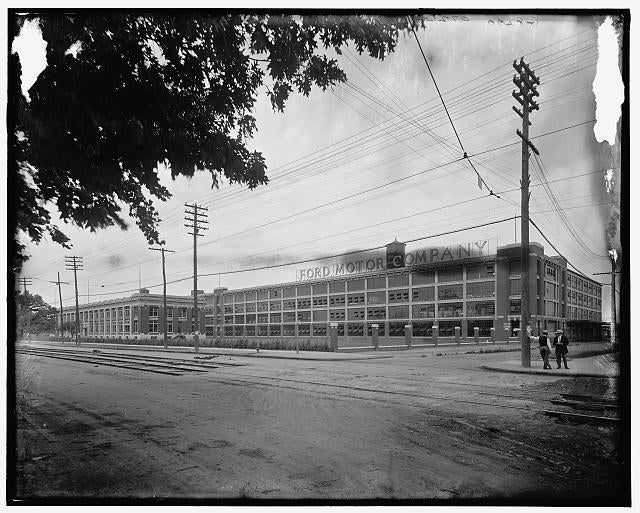
When Green Door started, the 12-week training program was focused on building participants’ ability to compete for remediation work, including hazmat and disaster response, certification in lead abatement and asbestos abatement, and construction.
“That’s the fundamental base for our training program,” Wilkins said.
In addition to the clean-up training, the nonprofit is moving on a trajectory towards sustainability, starting an air monitor and sensor installation apprenticeship as well as water testing, weatherization and most recently, solar panel work.
Participants that have successfully completed the program receive certification that allows them to apply for a state licensing in a suite of areas from lead abatement, contractor, supervisor in hazmat, asbestos worker training and solar installation.
Green Door has a 92% job placement rate. Employers include the City of Detroit and the state, as well as private companies such as BBEK Environmental Company. Additionally, about 1% of former participants have started their own companies and businesses, mostly contracting business.
“They come back as employers, and that’s been really very rewarding,” Wilkins said.
PROVIDING OPPORTUNITIES FOR FORMERLY INCARCERATED PEOPLE
“In a decade, we saw about 50,000 folks returning to communities from incarceration with very little opportunities,” Wilkins said. “Can we invest in them in a way that they have the ability to compete for some family-supporting good jobs, so they will not return back to the system because they couldn’t feed themselves or their families?”
When Green Door Initiative first began its program, about 10 to 15% of trainees were returning citizens. Now, 51% of participants are individuals that were formerly incarcerated, Wilkins said.
While most participants find out about the program through word of mouth, the group now has a partnership with the Detroit Department of Corrections. For the pilot solar training program, all the participants were returning citizens, formerly incarcerated.
FEDERAL FUNDING AIMS TO EXPAND GREEN DOOR’S IMPACT
In May 2022, DOE selected Green Door Initiative as one of 18 groups to receive the Inclusive Energy Innovation Prize for its the “Motor City to Solar City” project. This DOE competition was first-of-its-kind, designed to support entrepreneurship and innovation in communities historically underserved in federal climate and energy technology funding.
Under the “Motor City to Solar City” project, the organization will soon begin negotiating to purchase a shuttered school building in an underserved neighborhood. The school will be turned into an energy hub, housing the organization’s solar installation work.
Wilkins would eventually like to hire about 200 people to work at the facility to train and install residential solar for low-income households. One of the houses will be renovated into a model home to showcase how solar energy works. She would also like to work with community development groups to help renovate nearby homes for affordable housing, especially for people returning from incarceration.
The Inclusive Energy Innovation Prize supports the planning phase and comes with $200,000 and technical assistance. Due to the size and scope of the project, DOE’s technical assistance will be invaluable to its success.
“We had our first meeting one on one with DOE so they can help determine where we can access the technical assistance, so we are in the process,” Wilkins said. “It’s really exciting and scary.”
Because of Wilkins’ background in environmental justice, every person that goes through a Green Door Initiative orientation hears a talk about environmental justice.
“They get an understanding on why it’s necessary that they be involved in this work,” Wilkins said. “While it’s wonderful they get a job or start a business, it’s about transforming lives and making certain that people understand that they have something to contribute and make a difference in their communities.”
She’s seen people become more active in the community, from showing up to city council meeting to volunteering at their children’s little league teams.
“That’s the transformation I’m looking for,” Wilkins said.
Policy Lessons
As policymakers, communities and businesses take hold of new climate investments in the U.S., these case studies offer several key policy lessons on how to maximize the impact of federal funding through collaboration, information sharing and tailoring the funding approach. These examples show that federal funding, if designed well and implemented in partnership with communities and businesses, can strengthen a community’s resilience, create new jobs and economic opportunities, lower household energy costs and slash climate pollution.
- Community vision should guide federal support.
- Leveraging trusted voices and networks can enhance the adoption of new solutions.
- Underserved communities should be prioritized for federal climate funding.
- Technical assistance is a critical enabler.
- Funding pilot projects can put solutions to the test in real-world conditions, supporting broader scale-up.
- Program evaluation can help drive even more impactful investments in the future.

